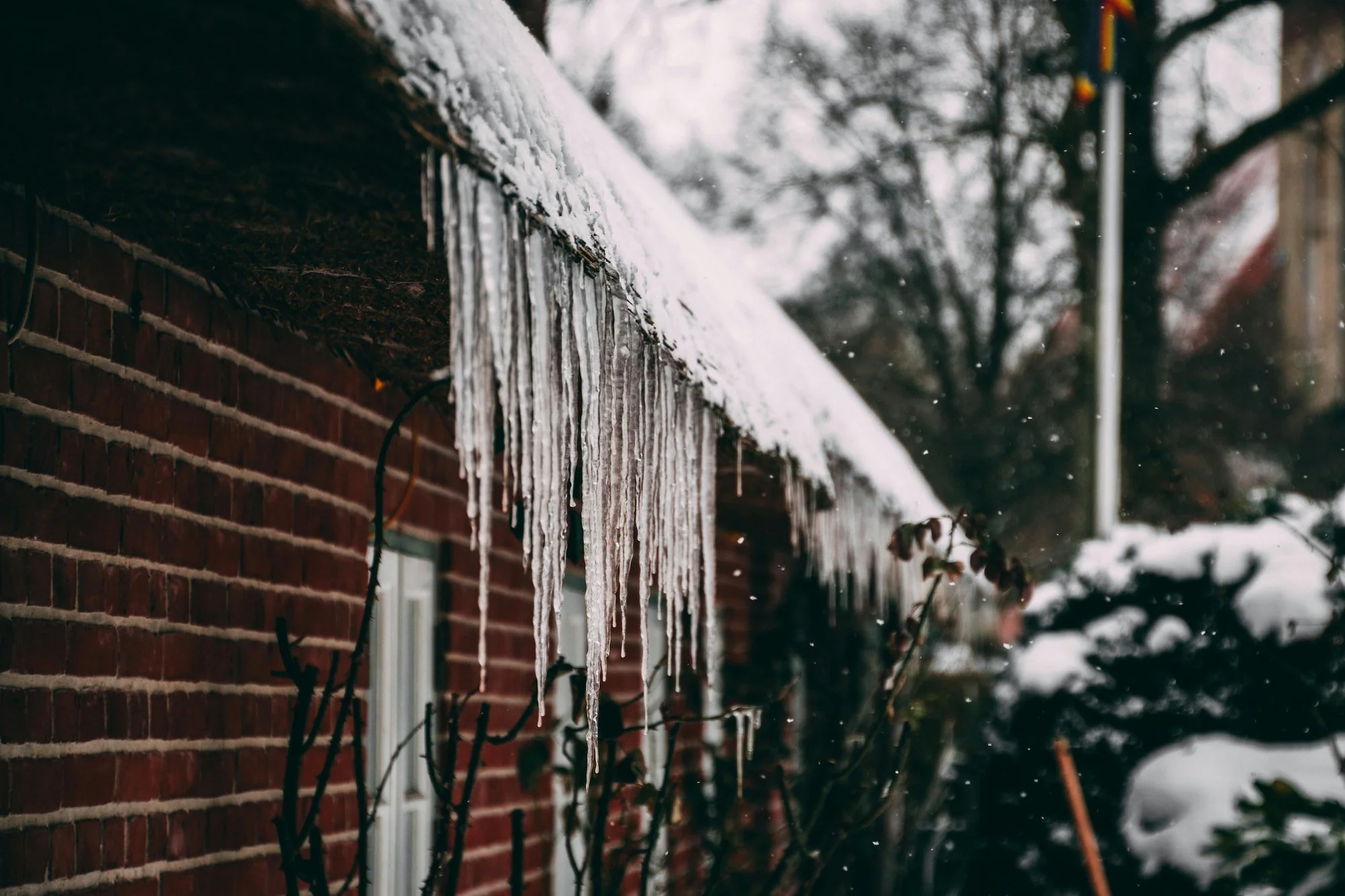How Winter Weather Impacts Real Estate Value?
Winter has a way of revealing the true nature of a property. While spring sunshine and freshly mulched flower beds can make any home look picture-perfect, cold weather has no interest in staging. Snow, wind, frost, and freezing temperatures expose exactly how well a property is built—and how well it's been maintained over time.
For real estate investors, this season offers something extremely valuable: clarity. Winter creates conditions you can’t replicate during warmer months, giving you the chance to see how a property performs in its most challenging environment. Understanding these winter-specific indicators can help you evaluate real estate more accurately, project long-term costs more realistically, and negotiate with significantly more confidence.
Let’s explore how winter weather truly impacts real estate value—and what smart investors should pay close attention to.
Cold Weather Reveals Property Performance
Winter offers an unfiltered look at how a home reacts to stress. In warm seasons, flaws hide under landscaping and mild temperatures. But once the thermostat drops, the property’s systems are forced to work harder—often revealing issues that matter deeply to long-term investors.
One of the most telling metrics is energy performance. A property that stays warm with minimal effort signals strong insulation, efficient heating systems, and airtight construction—all of which boost rental value and lower long-term maintenance costs. On the flip side, a home struggling to maintain warmth often means higher utility bills, uneven heating, or aging systems that may soon require replacement.
For investors, high efficiency isn’t just a comfort issue—it directly affects net operating income. Tenants in colder regions care deeply about heating costs, and properties with poor insulation or inefficient HVAC systems often experience tenant turnover more frequently. Winter helps you catch this early.
Winter Exposes Structural Weaknesses
Some of the most expensive property issues reveal themselves only under winter conditions. This is where cold weather becomes an unexpected asset—because early detection saves investors both money and headaches.
Heavy snow, freezing rain, and cyclical melting will quickly uncover the real condition of a roof. Ice dams form when insulation is poor or ventilation is inadequate, and the resulting water intrusion often becomes visible inside the home. A well-performing roof in winter is a good sign of long-term durability. A weak one can foreshadow water damage, mold, and insurance complications.
Cold weather also impacts the foundation. Frozen soil expands and contracts, making cracks more visible. Melt cycles highlight drainage issues as water pools around the exterior. Winter brings these concerns to the surface in a way summer simply cannot.
Energy Efficiency Becomes Clear in Winter
Energy efficiency is one of the most critical yet underrated factors in long-term rental success. Winter exposes real performance within minutes.
Drafts reveal themselves the moment you walk into a room. Heating systems show their age when they struggle to keep up. Cold spots near walls and windows indicate insulation gaps that may cost thousands over time.
Properties with strong insulation and efficient heating:
Maintain higher rentability
Reduce tenant complaints
Lower monthly expenses for both owner and renter
In today’s market, renters prioritize comfort and energy savings—making winter insights incredibly valuable.
Winter Tests Drainage and Plumbing Systems
Winter conditions push a home’s water systems to their limits, offering crucial insight into potential future repairs.
Snow and ice expose drainage problems instantly. Gutters overflow, downspouts freeze, and meltwater can create puddles around the foundation. These signals reveal long-term risks like erosion, mold, and basement moisture—issues that tend to stay hidden when the weather is dry.
Plumbing systems also face pressure. Frozen pipes, temperature fluctuations, and uneven water pressure all point to inadequate insulation or outdated plumbing. A property that maintains stable water flow through winter is typically in solid shape.
Curb Appeal Drops but Value Indicators Rise
Winter is not flattering for curb appeal, but for investors, that’s the beauty of it.
With no leaves on trees, no flowers blooming, and no bright sunlight, the home’s true exterior condition becomes clear. You can easily spot siding issues, driveway wear, paint deterioration, and window aging—things summer tends to hide under seasonal charm.
Winter also shows the property’s functional realities:
How accessible entrances are
Parking challenges
Drainage across walkways
If the property still feels structurally strong and visually solid even in the harsh winter backdrop, that’s a great sign for long-term value.
Winter Shows Tenant and Neighborhood Behavior
Real estate value is about more than the property—it’s about the environment surrounding it. Winter gives investors a unique chance to see how tenants and neighborhoods behave under pressure.
In colder markets, tenants who move during winter are more likely to stay put longer due to the hassle of moving again in the cold. This naturally increases lease duration and rental stability.
Neighborhood performance also becomes clearer. You can observe how well roads are maintained, how quickly snow is cleared, the reliability of local infrastructure, and whether the area stays active and safe during the dark winter months. These details help investors gauge long-term rental demand.
Inspections Offer Better Accuracy
A home inspection during cold weather is one of the most accurate assessments you can get.
Winter allows inspectors to:
Test heating systems under real stress
Detect drafts easily
Identify ice-related roof issues
Observe freeze-thaw effects on exteriors
Evaluate attic ventilation under snow load
Spot hidden moisture problems
A winter inspection doesn’t hide anything—and that level of transparency is invaluable for negotiation and long-term planning.
Winter Creates Investor Opportunities
While winter may highlight a property’s flaws, it also offers powerful advantages for buyers.
Cold-weather markets typically see:
Lower buyer competition
More motivated sellers
Better negotiation leverage
Seasonal price dips
Faster access to contractors and inspectors
Investors who buy in winter often secure lower acquisition costs, complete necessary improvements quickly, and position the property for peak rental demand in spring and summer.
Winter may feel harsh, but the deals can be warm.
Final Insights: Winter Reveals True Value
Winter weather doesn’t just influence real estate—it uncovers it. From structural stability and energy efficiency to neighborhood reliability and long-term cost visibility, winter gives investors critical insights that warm seasons hide.
For investors looking to reduce risk, negotiate smartly, and buy high-performing assets, winter is more than a season. It’s a strategy.




